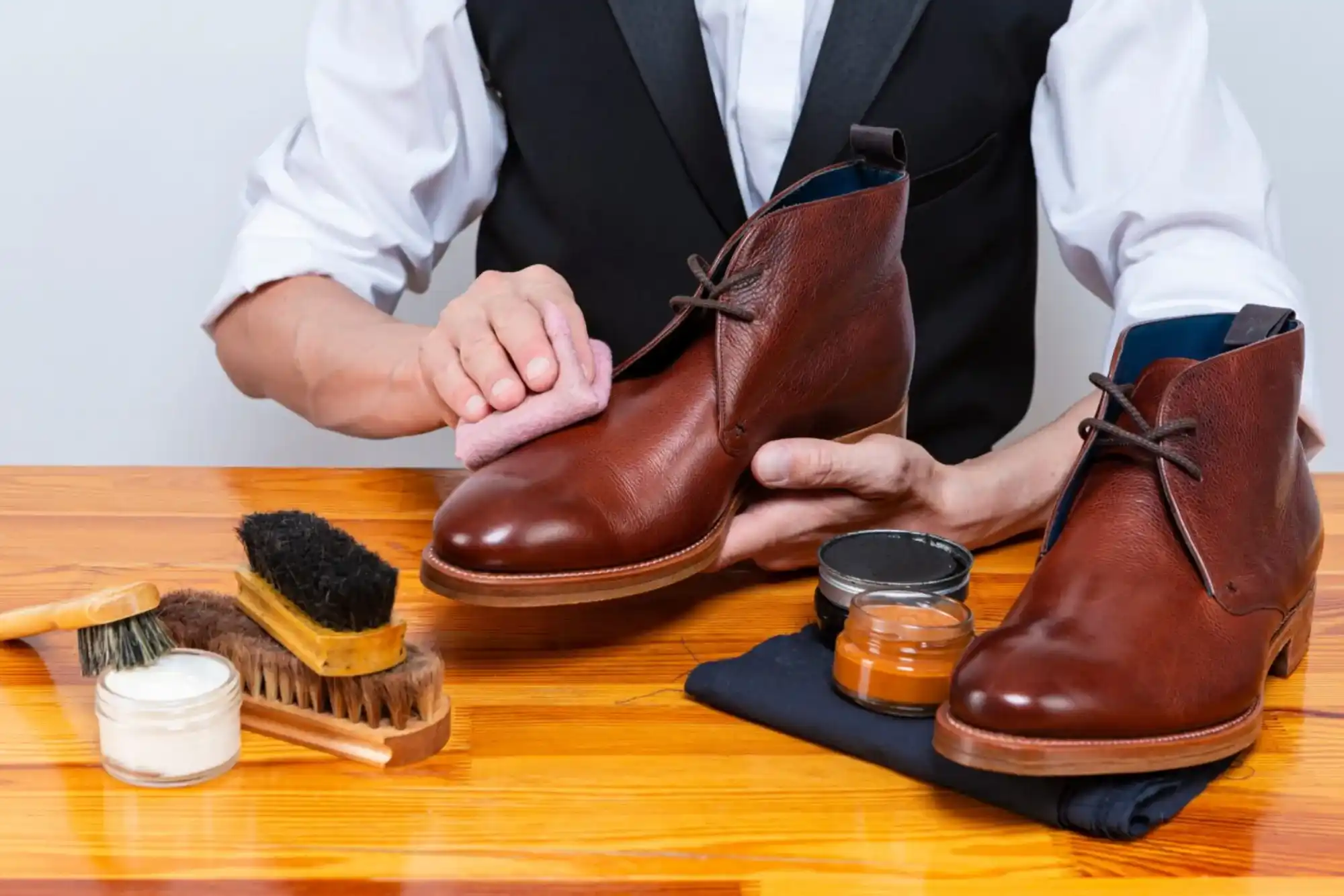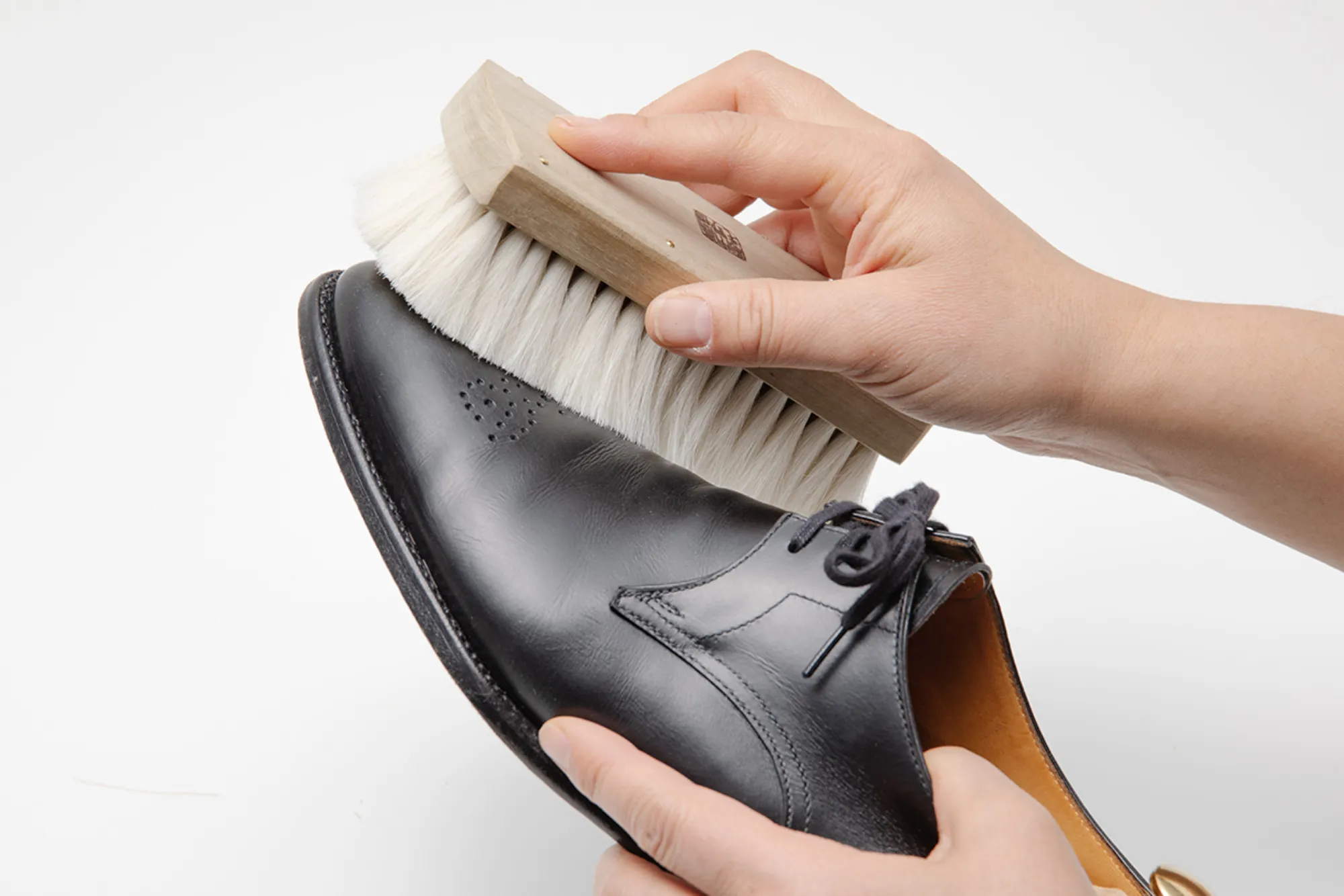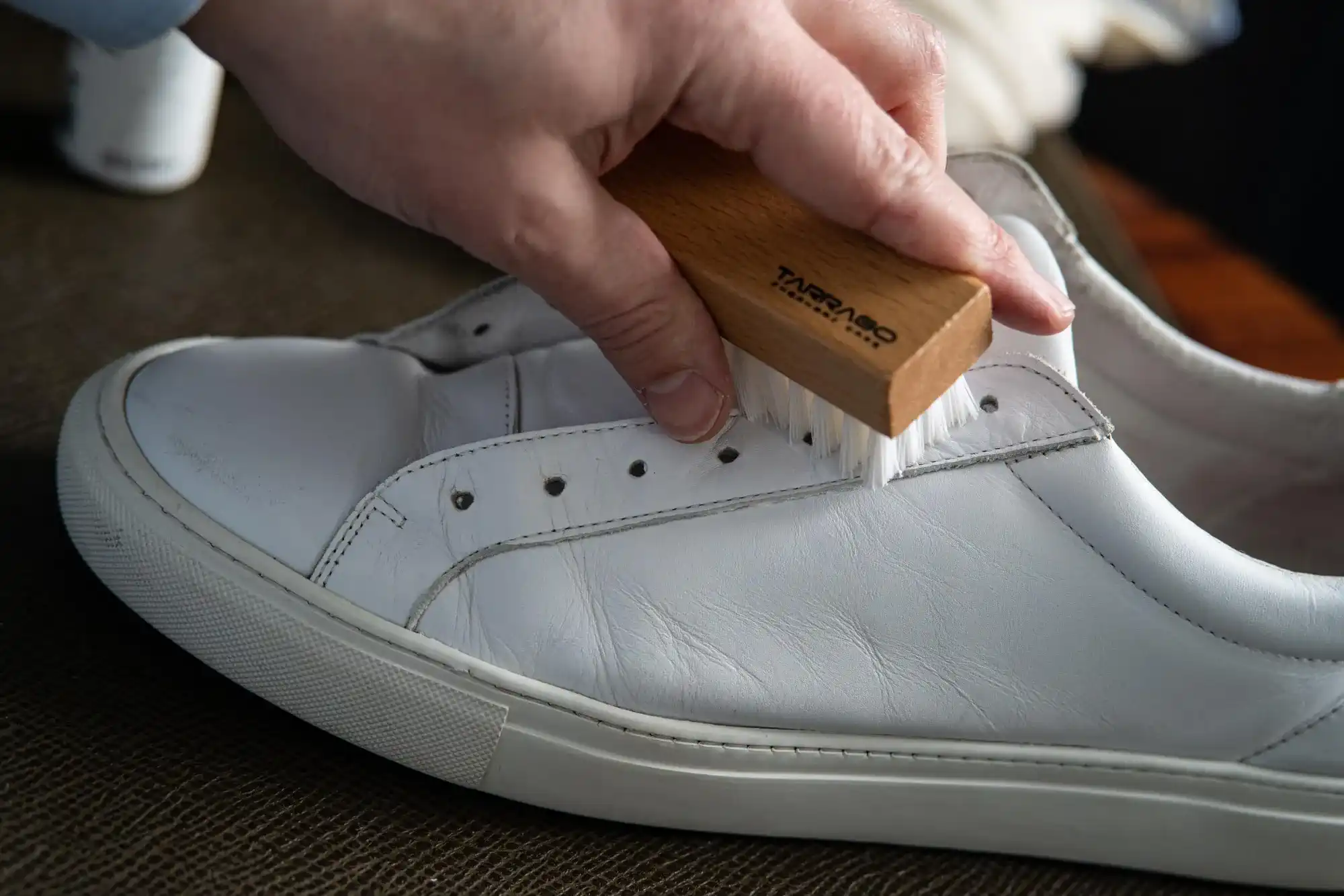Shoe polishing remains a symbol of resilience and a source of income for many young individuals worldwide. Among those, young boys often take up shoe shining as a way to support their families, manage school expenses, or simply become self-reliant. Their demands for payment vary based on factors such as location, economic context, skill level, and customer willingness to pay. In this article, we will explore how much money a boy might demand for shoe polishing, what influences these rates, and how the profession contributes to local economies.
The Role of Shoe Polishing in Local Economies
In many developing countries, shoe polishing has become a staple in bustling urban centers, with young boys often engaging in this trade to earn daily wages. This service offers a mutually beneficial arrangement; customers receive polished footwear, and the boys make a small income. The fee that these boys demand for their services can be seen as a reflection of the area’s cost of living and economic environment.
Shoe polishing not only helps these individuals make ends meet but also enables them to learn entrepreneurial skills, interact with diverse people, and potentially pursue higher-income opportunities in the future.
Typical Rates for Shoe Polishing

The amount of money that a young boy might demand for polishing shoes generally falls within a low range, accessible to the average passerby. These rates are often set by observing local market standards or aligning with fellow shoe shiners.
Common Rates by Region
| Region | Typical Rate | Currency | Factors Affecting Rate |
|---|---|---|---|
| South Asia | $0.20 – $1 | USD | Cost of living, demand |
| Sub-Saharan Africa | $0.15 – $0.50 | USD | Affordability, access to services |
| Latin America | $0.50 – $1.50 | USD | Inflation, standard of living |
| Eastern Europe | $1 – $2 | USD | Urbanization, service quality |
| Middle East and North Africa (MENA) | $1 – $3 | USD | Disposable income, luxury markets |
| Southeast Asia | $0.25 – $1 | USD | Economic disparity, tourist demand |
Each rate reflects the region’s economic realities. For example, in regions with higher living costs, such as some areas in the Middle East, the rates might be higher due to customer expectations or the higher cost of business materials. However, in economically developing regions like Southeast Asia or South Asia, the rates are comparatively lower due to affordability.
Influential Factors in the Demanded Price
Several factors contribute to the amount of money that a boy might demand for polishing shoes. Understanding these influences can provide a deeper insight into why charges vary and what a customer can expect.
Skill and Experience
The level of expertise the boy demonstrates in polishing shoes can significantly impact the fee. Experienced shoe shiners often offer a higher-quality finish, bringing luster to worn shoes and enhancing their durability. This expertise generally commands a slightly higher price than that of a novice.
Local Economic Conditions
Local inflation rates, currency value, and consumer purchasing power all play a role in determining how much a boy might charge. In areas experiencing high inflation, for instance, service providers, including shoe shiners, may adjust their rates to reflect the increased cost of materials and other essentials.
Seasonality and Weather
Demand for shoe polishing can vary with the seasons. Rainy or muddy seasons often increase the demand for shoe polishing as people’s footwear requires more upkeep. Boys might demand more money during these peak periods due to increased workload.
Customer Type
In areas frequented by tourists, prices for shoe polishing services might be higher, reflecting both the higher income levels of the customers and their willingness to pay for convenience. Boys who offer shoe polishing in high-footfall tourist areas often demand a slightly increased rate, which may vary depending on the customer’s perceived ability to pay.
Quality of Equipment and Materials
The polish quality, types of brushes, and other materials used can influence the rate. For example, high-grade polish products that offer a longer-lasting shine or specific finishing techniques might justify a higher charge than lower-quality materials.
The Daily Earnings of Young Shoe Shiners
A boy’s daily earnings from shoe polishing can vary greatly, based on the volume of customers and the rate per polish. A successful day with numerous clients could result in a modest income, which, though small by other standards, often contributes significantly to the family income in many cases.
Estimating Earnings
For instance, if a boy charges around $1 per pair and manages to polish 10 pairs in a day, he could earn around $10. However, for many, customer flow can be unpredictable, and daily earnings may fluctuate between $5 and $15. For boys working independently, this income covers personal expenses and sometimes supplements household finances.
Significance of Shoe Polishing for Social Skills Development

Shoe polishing is more than a way to earn a small income; it teaches important life skills. Young boys learn the values of hard work, perseverance, customer service, and financial management through this trade. The face-to-face interaction involved in shoe shining enables them to develop communication and negotiation skills.
These social interactions can be pivotal in shaping their futures, providing a foundation in customer relations and practical business skills.
Challenges Faced by Young Shoe Shiners
Despite its benefits, shoe shining has its challenges. These boys often work under harsh conditions, facing competition from adults or street vendors who provide similar services. Additionally, social stigmas or disrespect from some customers can make the job challenging.
Low and fluctuating income levels, a lack of access to formal training, and few opportunities for career advancement are common obstacles faced by young shoe shiners. Ensuring these young workers have basic protection and respect within the workforce can help uplift their conditions.
Understanding the Value of Shoe Polishing Services
Shoe polishing services should be viewed as valuable contributions to society. These services enhance the durability of shoes and add a professional appearance, especially for those in formal work settings. By supporting young boys engaged in this trade, customers are also contributing to these youths’ economic empowerment and self-sufficiency.
FAQs
Q1: Why do young boys often take up shoe polishing?
Many young boys take up shoe polishing to support their families, cover personal expenses, or develop entrepreneurial skills. The job offers them a chance to learn practical skills while earning a small income.
Q2: What factors affect the price of shoe polishing?
The price of shoe polishing varies based on the boy’s experience, local economic conditions, seasonality, customer type, and the quality of materials used.
Q3: Is shoe polishing profitable for young boys?
While shoe polishing may not be highly profitable, it does provide a steady income source for many young boys. Daily earnings can range from $5 to $15, depending on customer volume and service charges.
Q4: How much money does a boy typically demand for polishing shoes?
The typical demand for shoe polishing varies by region, generally falling between $0.20 to $3 depending on local conditions, material costs, and customer profiles.
Q5: Can shoe polishing help in skill development?
Yes, shoe polishing provides young boys with skills in customer service, communication, negotiation, and time management. These skills can be valuable for their future career paths.
In conclusion, the amount of money a boy demands for polishing shoes is influenced by numerous factors, including skill level, local economic conditions, and the quality of service provided. This trade, while simple, plays a meaningful role in local economies and offers young individuals a stepping stone toward economic self-sufficiency. By appreciating and supporting these efforts, society can foster the growth and development of young entrepreneurs while recognizing the dignity in all forms of labor.







